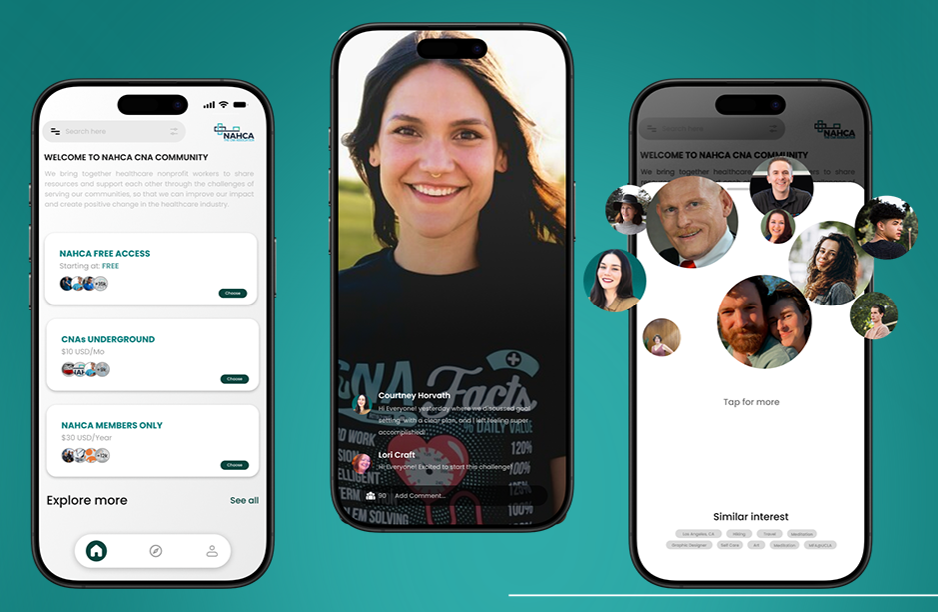Seizures are more common than you may think, and they can be easy to miss. Let’s take a look at what causes seizures, how you can identify them, and what you can do when an older adult has one.
Most seizures are caused by epilepsy, a brain disorder. This condition is more likely to develop in older people because of risk factors like strokes, head injuries from a fall, or brain-related diseases such as Alzheimer’s, or brain tumors. However, it’s important to note that about half of older people who are told they have epilepsy don’t really know the cause. Non-epileptic seizures can be caused by a physical condition or even stress, but the symptoms can be similar.
What Is a Seizure?
In short, a seizure is an electrical disturbance in the brain. A generalized seizure involves the whole brain and can lead to convulsions, falls, jerking movements, blackouts, or losing the ability to talk. The person may even stop breathing for a few minutes. When the electrical activity is limited to one part of the brain, this is called a partial seizure. This is the most common type of seizure for older people with epilepsy. Signs of a complex partial seizure include:
- Confusion
- Staring into space
- Stiffening of the body
- Mumbling
- Wandering
- Making unusual movements
- Inability to answer questions or talk
These signs can be missed confused with other conditions. But if they occur more than once and often in the same pattern, they may be signs of seizures.
Seizure symptoms usually go away within a few minutes. Although, it may take up to an hour for the person to return to full consciousness. After a seizure is over, your resident might lose bladder control or be drenched in sweat.
There are several drugs that can be used to manage epilepsy in older adults. These are called antiepileptic medications. The physician will consult with the person and his/her family about when medications might be appropriate and, if so, what drug to use. Many older adults won’t experience another seizure episode after the first one, so medication may not be appropriate for a first single seizure.
What You Can Do
If one of your clients or residents shows signs of a seizure or is very clearly having one, report it right away. If the seizure requires immediate attention, seizure first aid may be necessary. It is important to know what to do. There are educational opportunities, such as Sunovian’s Epilepsy Allies program, a program about seizures.
While this condition doesn’t get a lot of attention, more than 570,000 people aged 65 and older have epilepsy. This is the fastest growing population to be affected by this illness. If you are unsure if your facility or agency has policies and procedures regarding seizures or epilepsy, ask your supervisor. Then educate yourself enough to be confident in your dealings with residents who have seizures.
What This Means to the Elder:
- When a person has a seizure, it can be recognized as such quickly and treated promptly.
- When you know what residents have epilepsy or have had seizures, you can take special precautions to keep them safe.
What This Means to You:
- When you know how to identity and address seizures, you can work with other team members to manage some seizures without having to send the individual to the hospital.
- You can improve quality of life by helping elders and their families understand what epilepsy means to them and how to manage the condition.
- You will feel more confident in your work when you understand epilepsy, what signs to watch for, and what you can do.
As a CNA, there are many reasons that it is important for you to know if any of your residents has epilepsy. For instance, an older person with this condition shouldn’t take baths without someone to check on his/her safety, as even a short loss of consciousness can be deadly. Epilepsy also can put a resident at increased risk for falls or other accidents.



